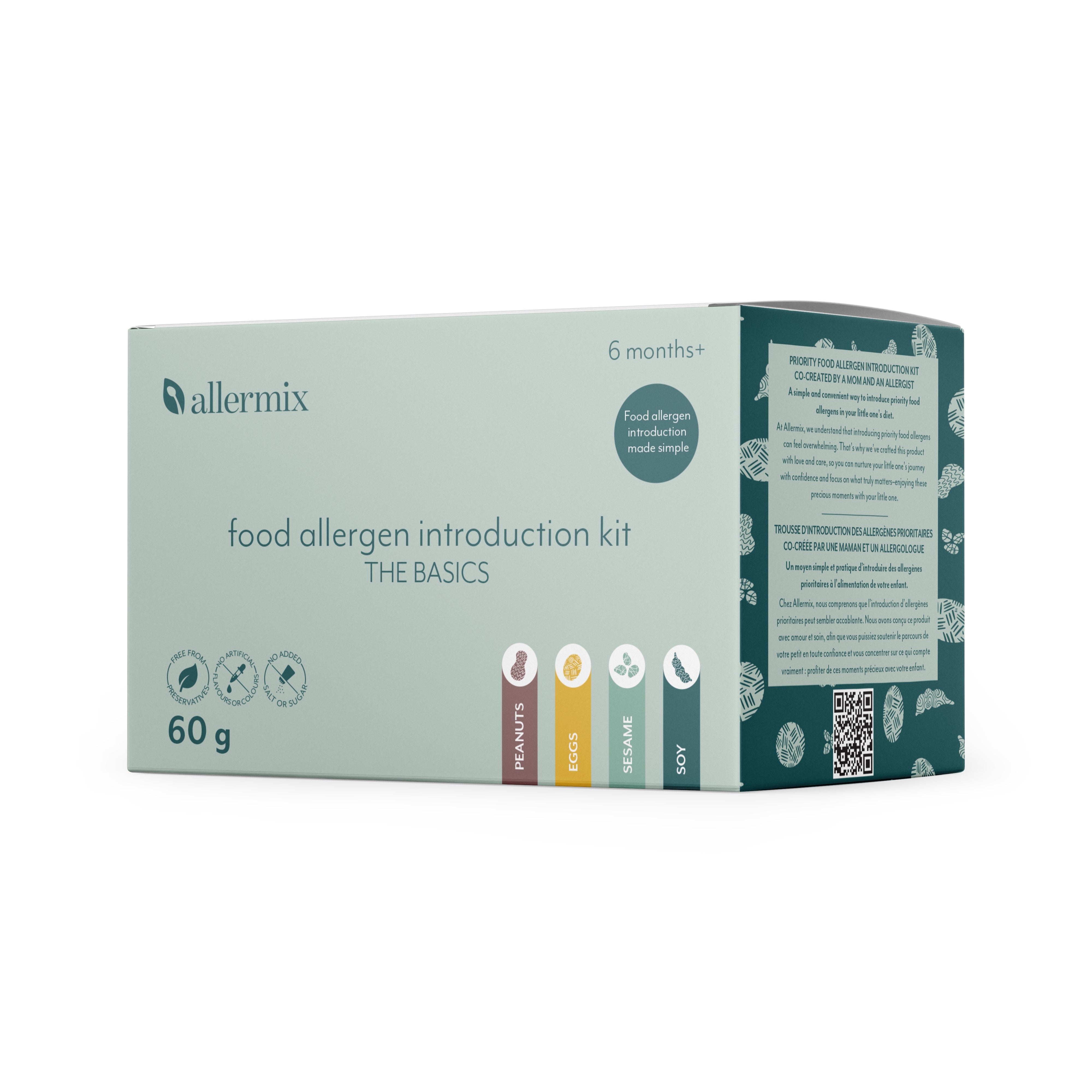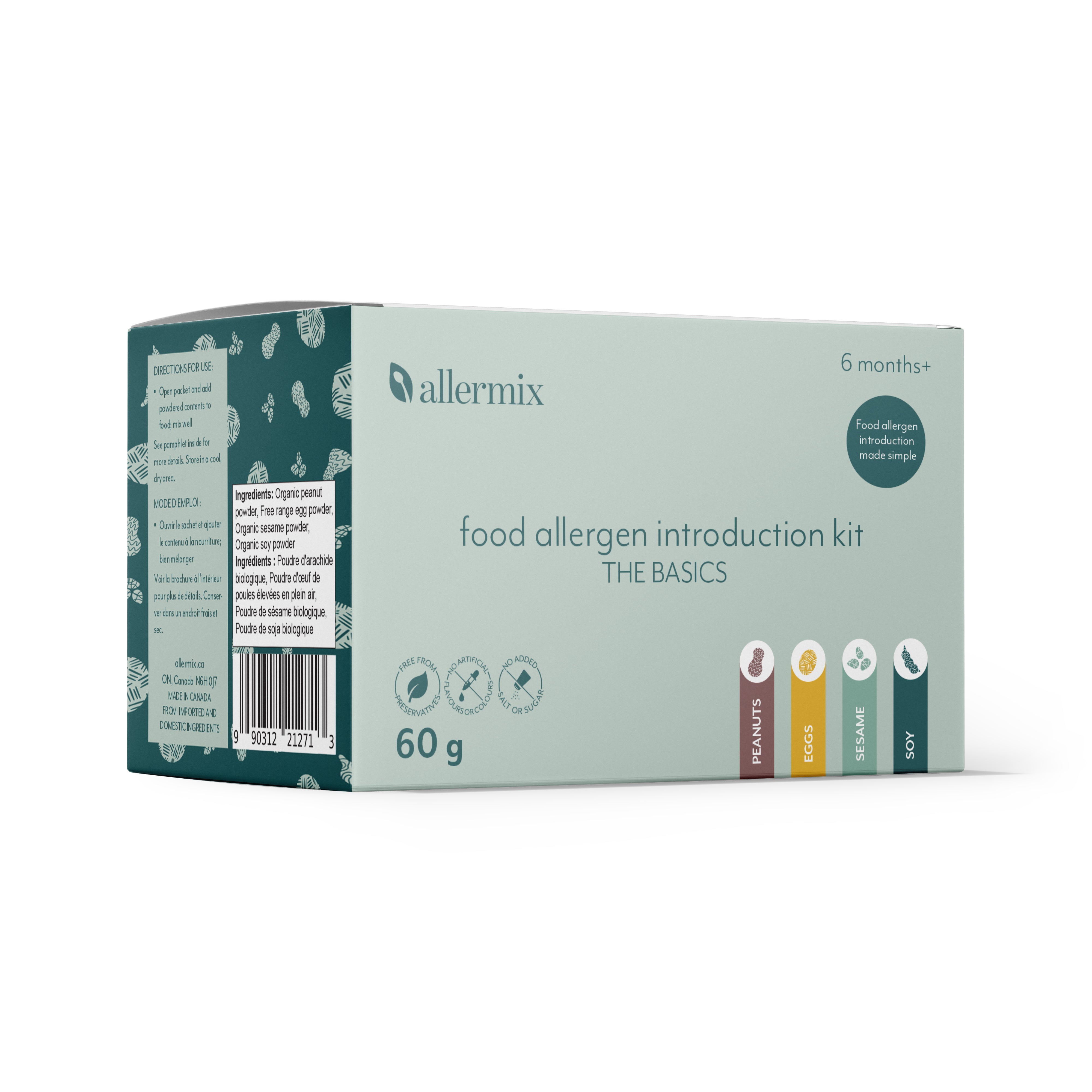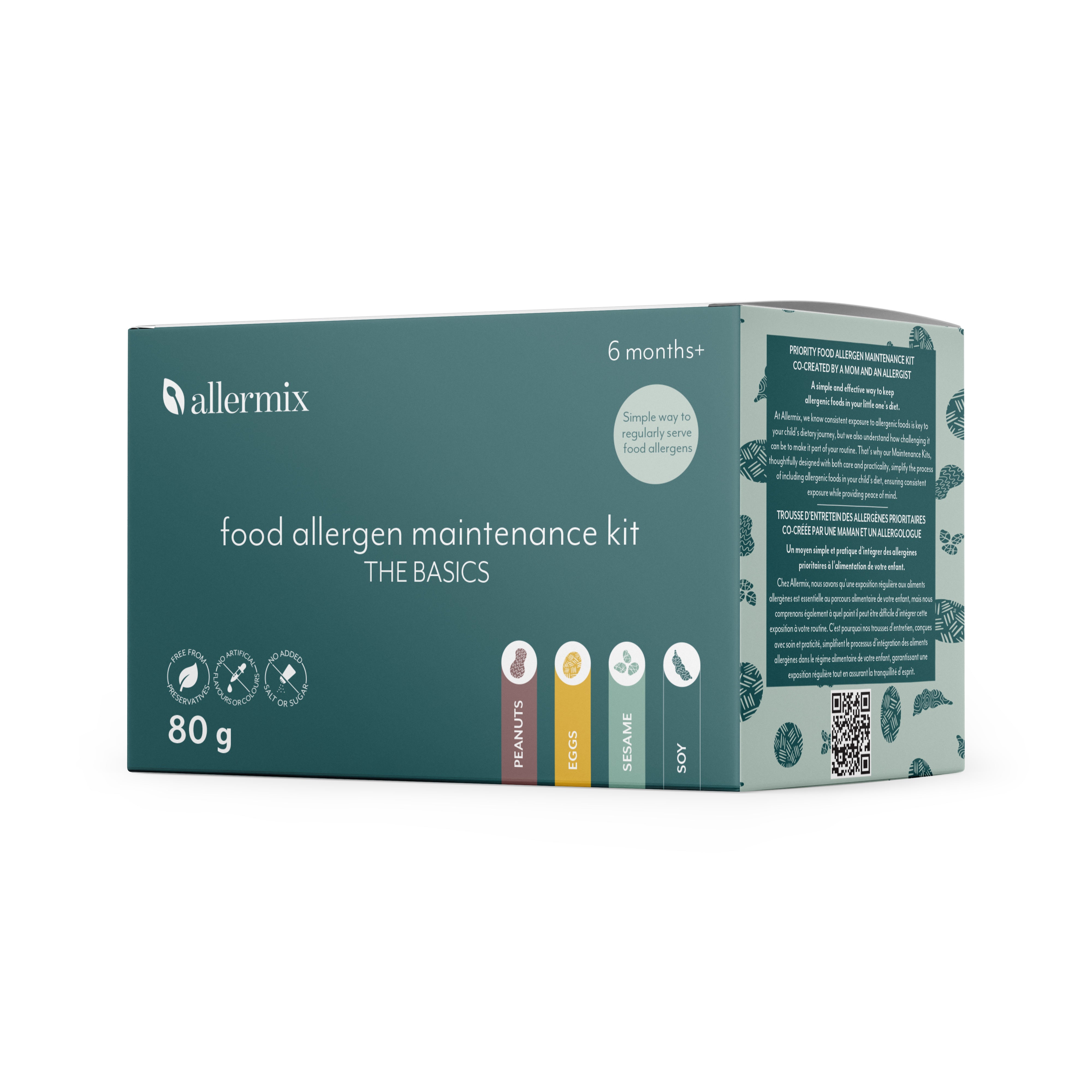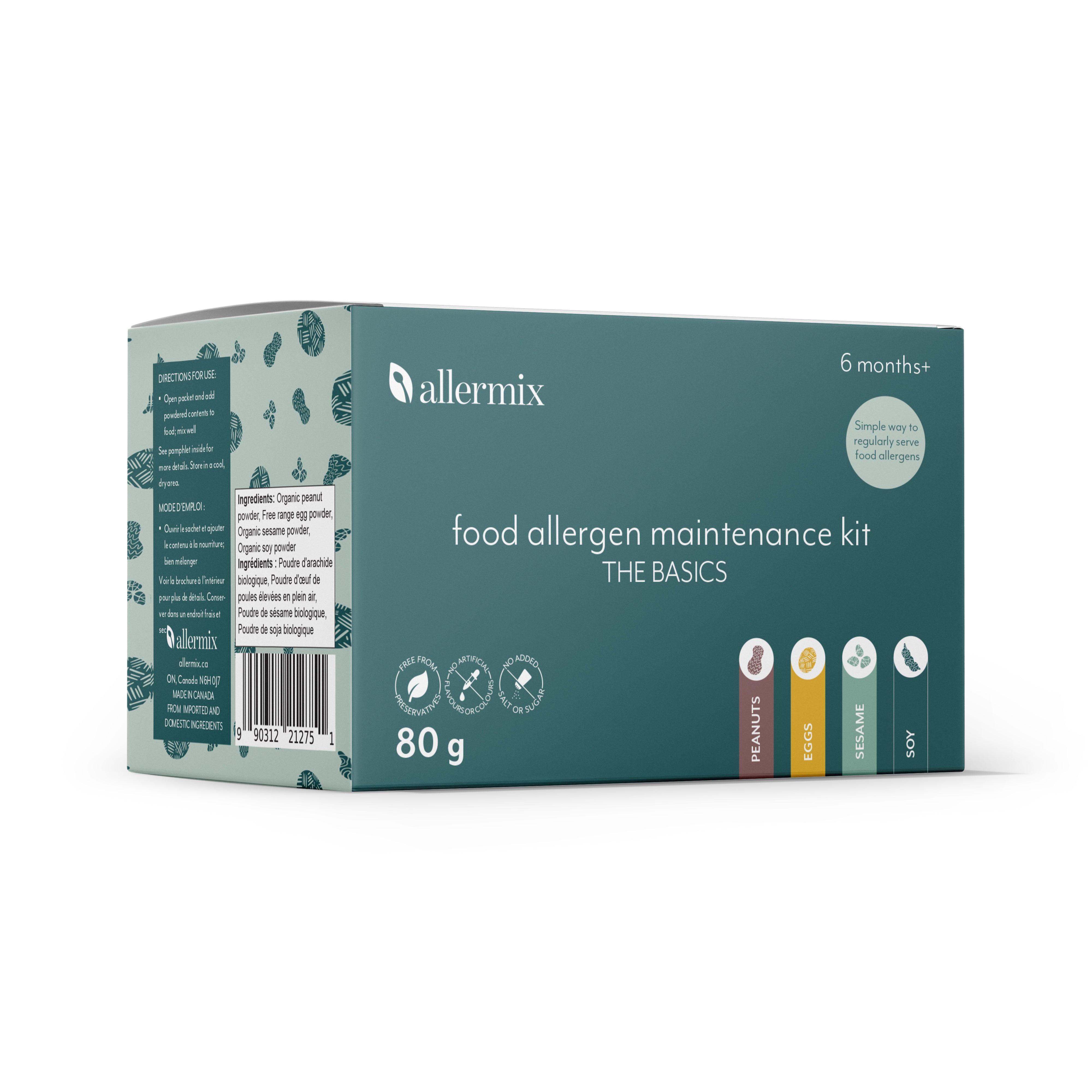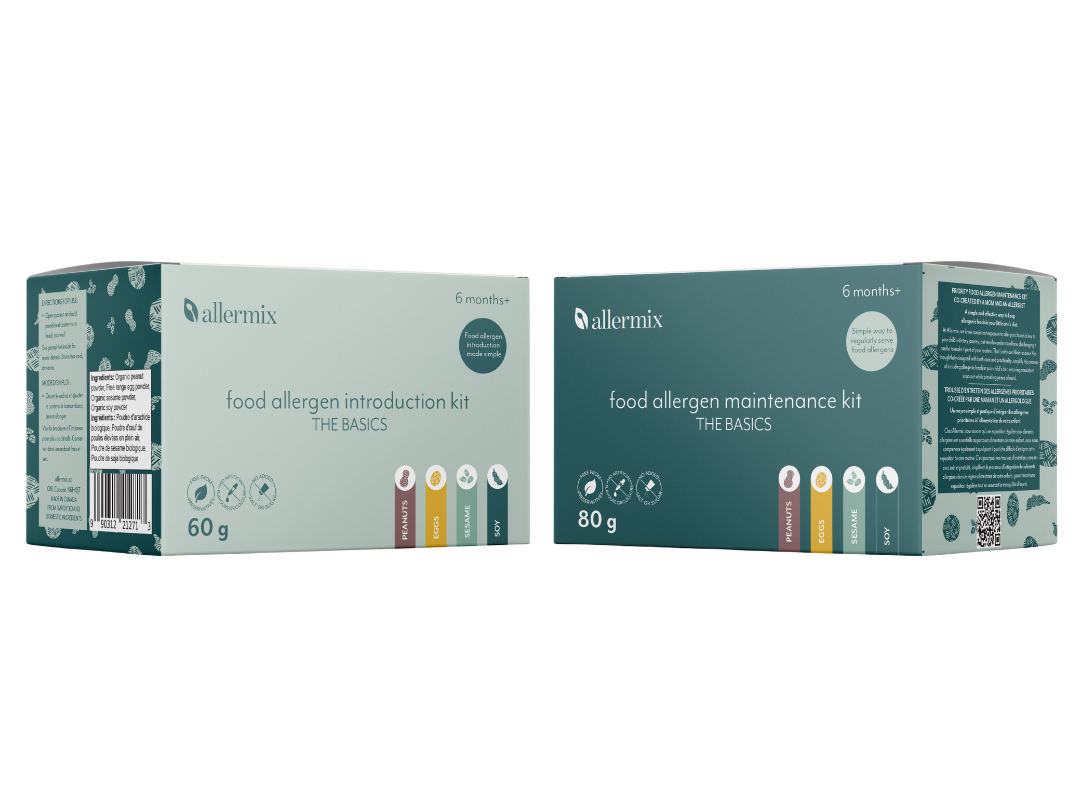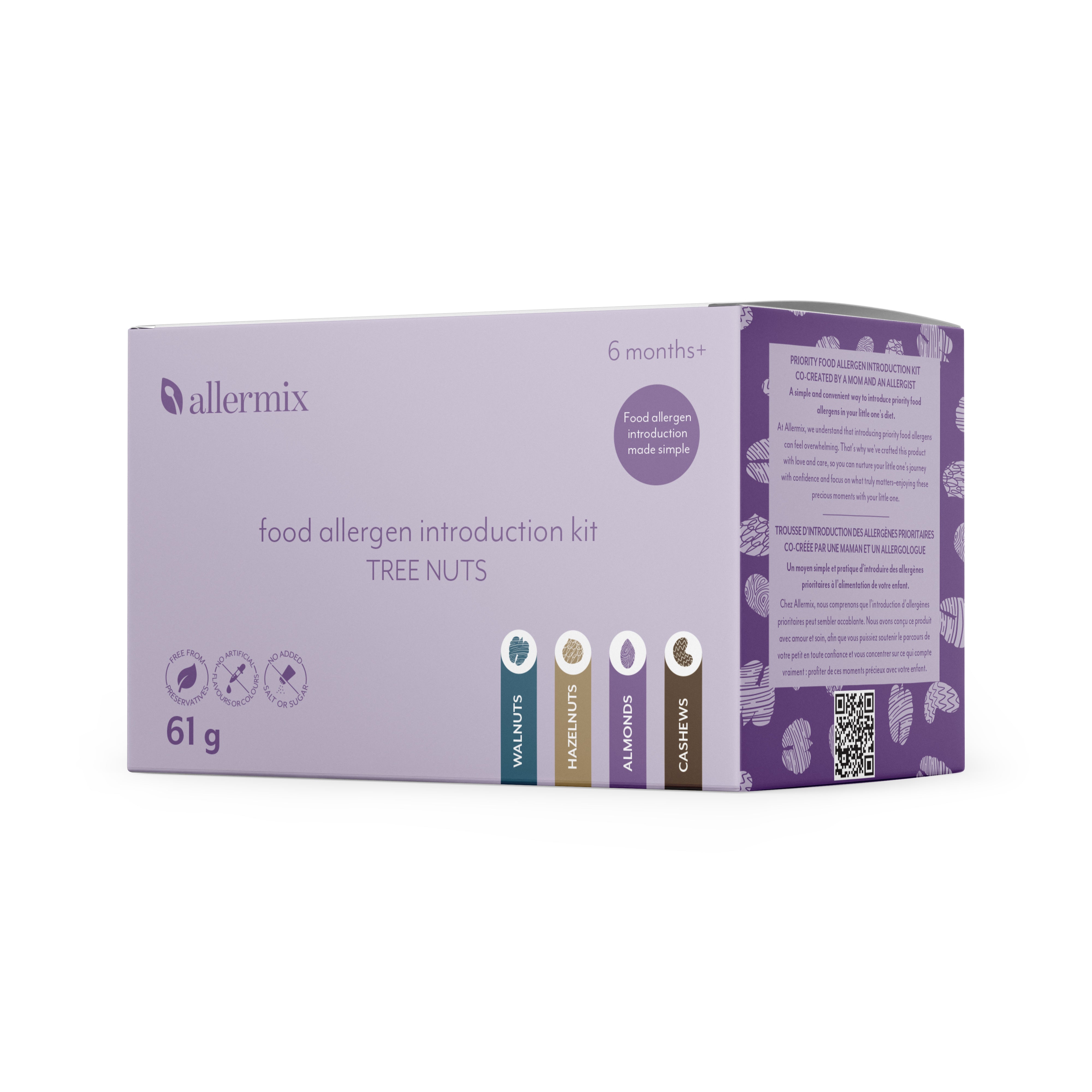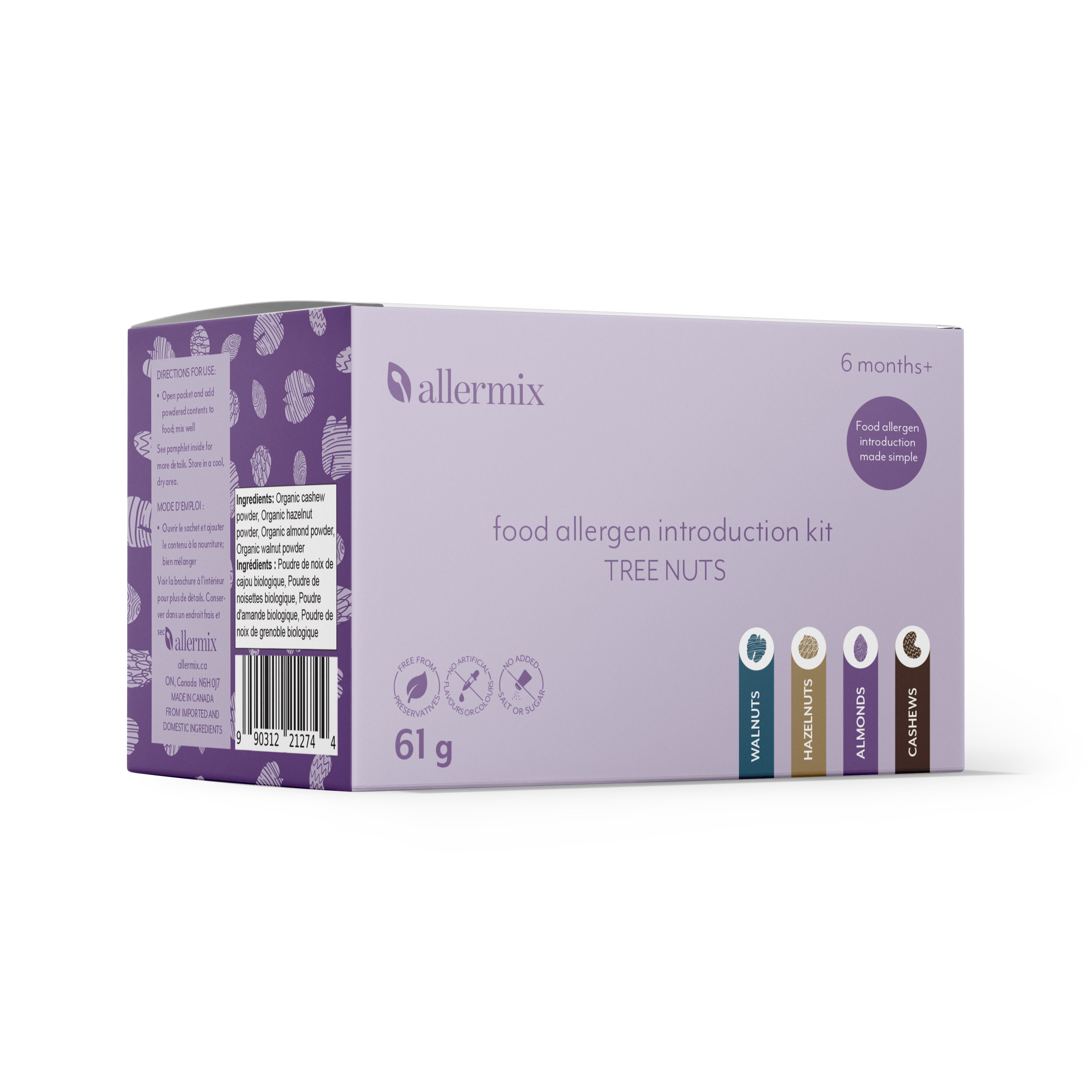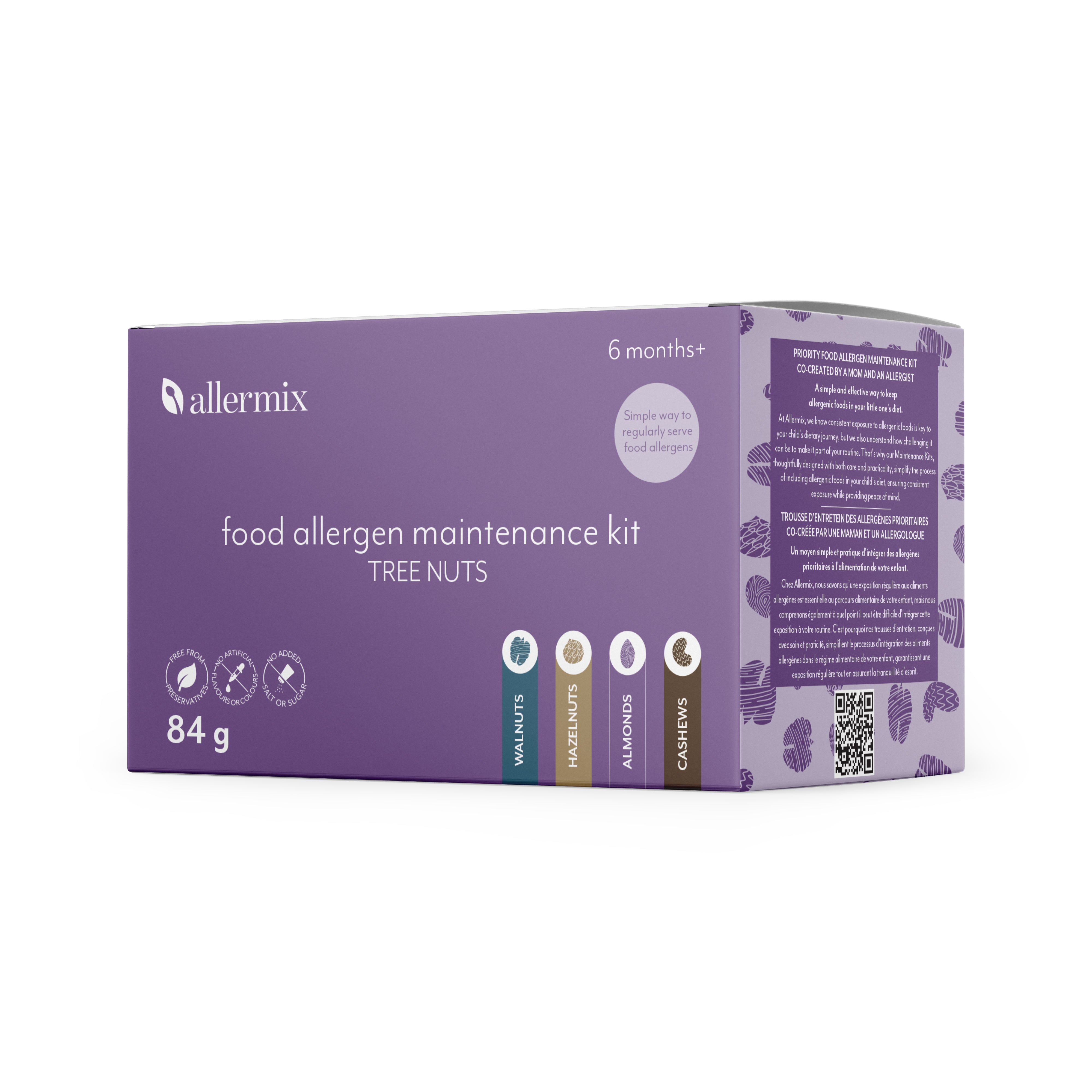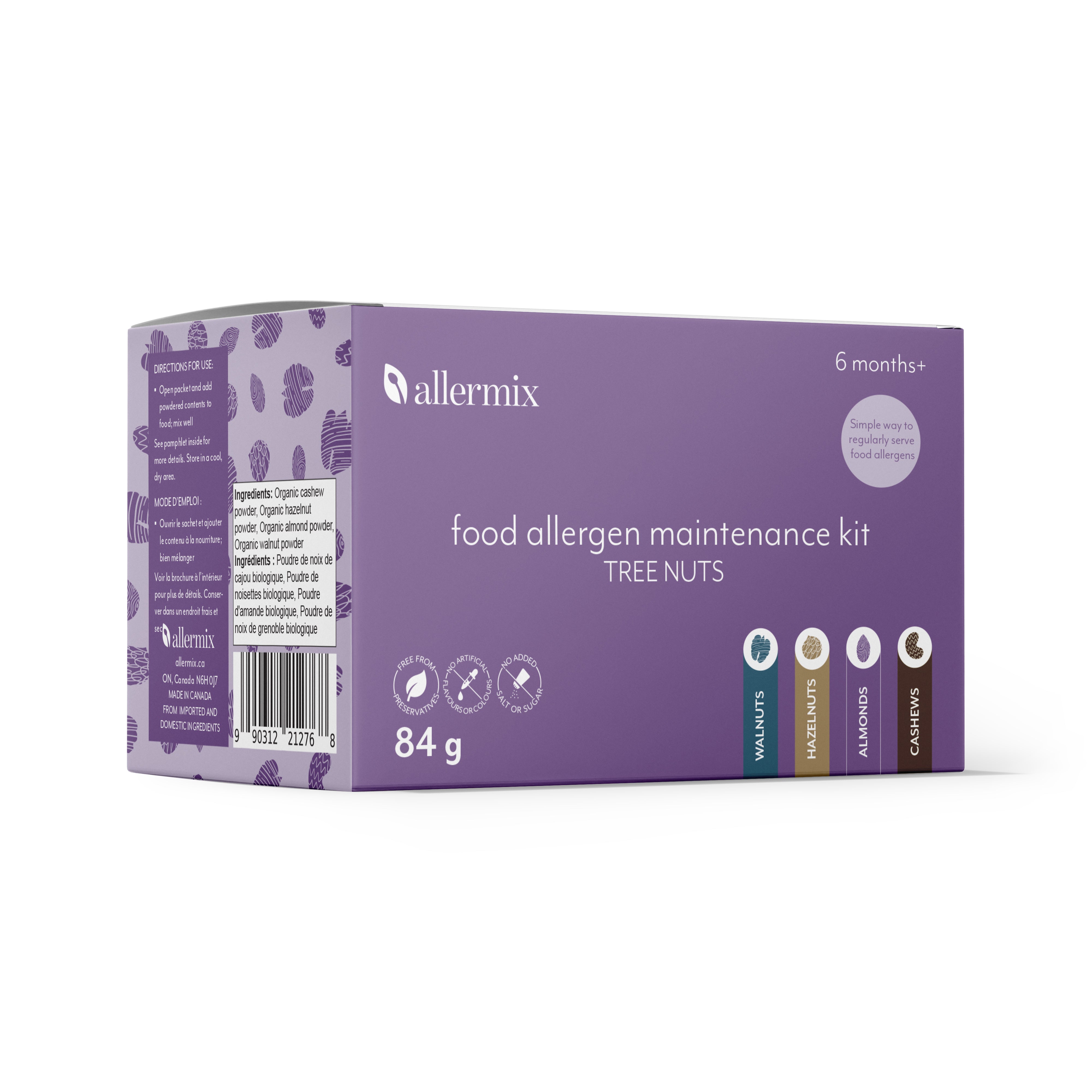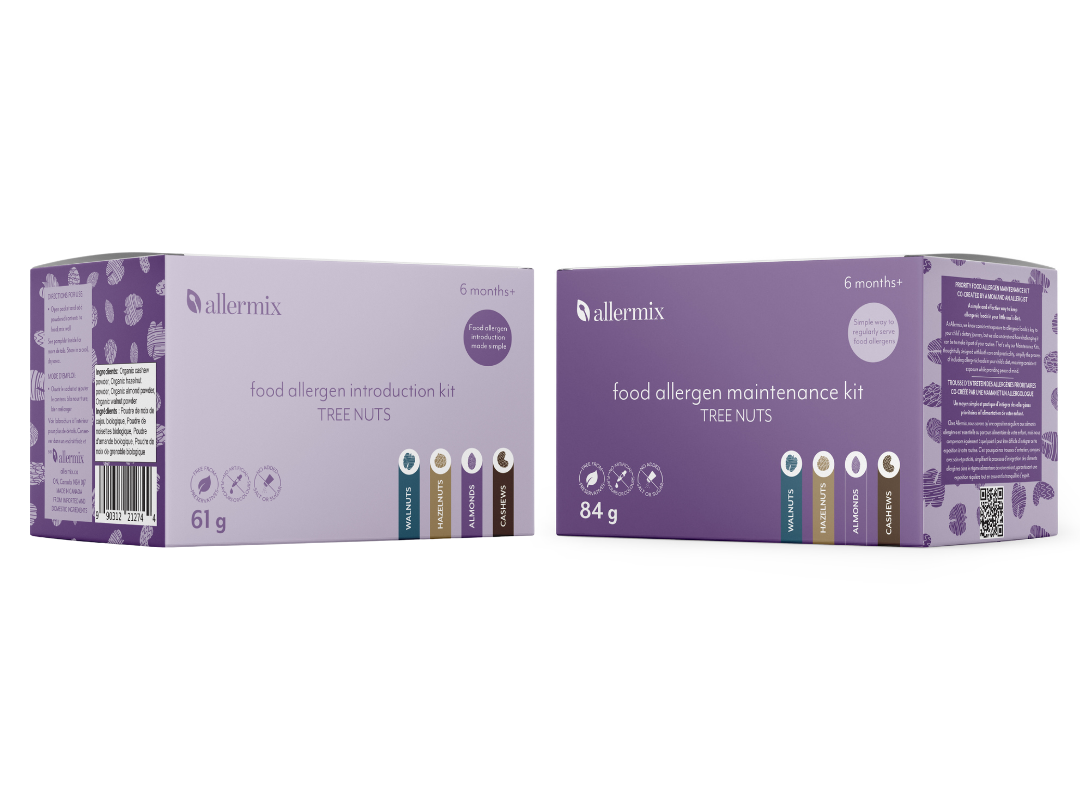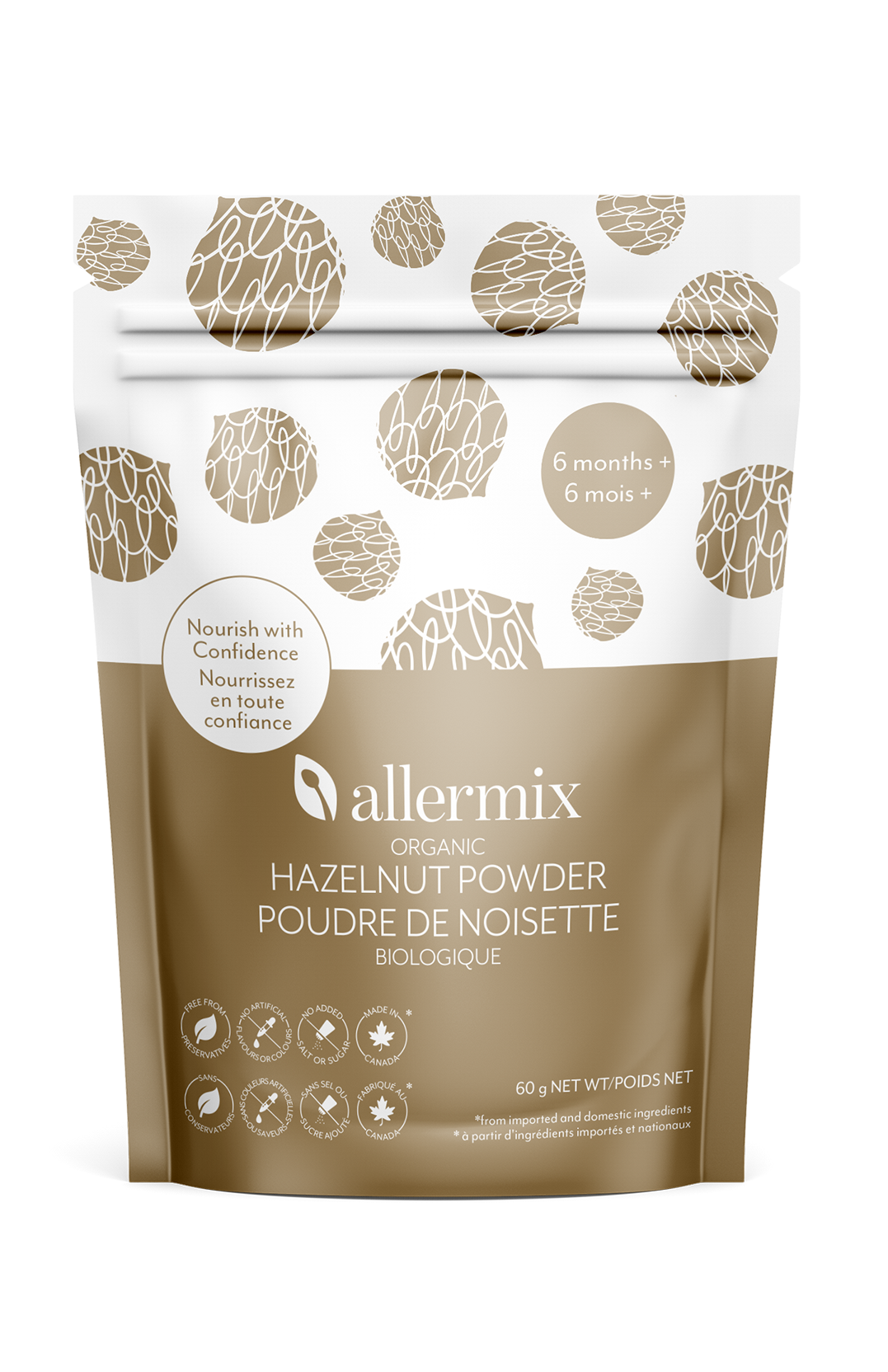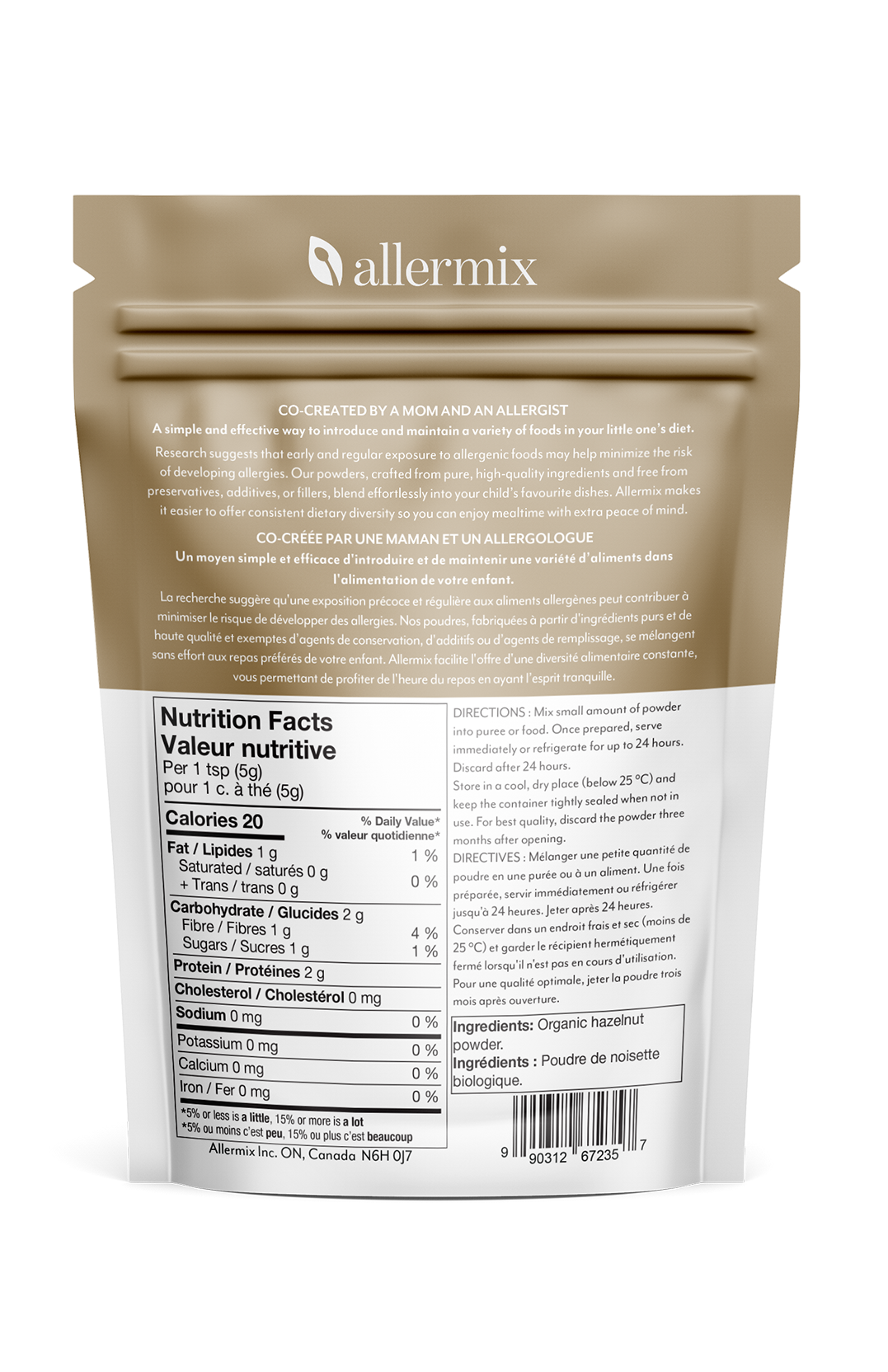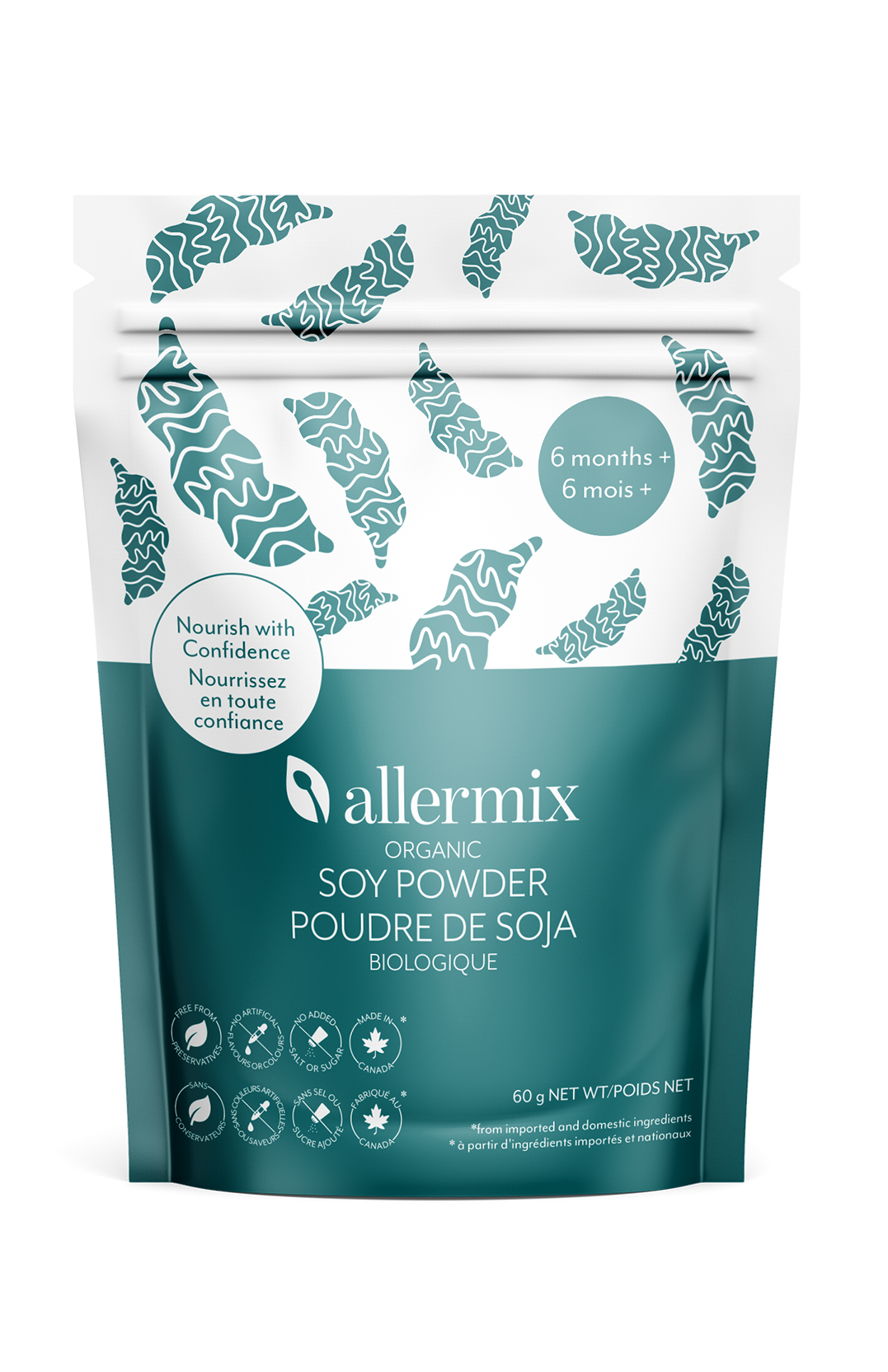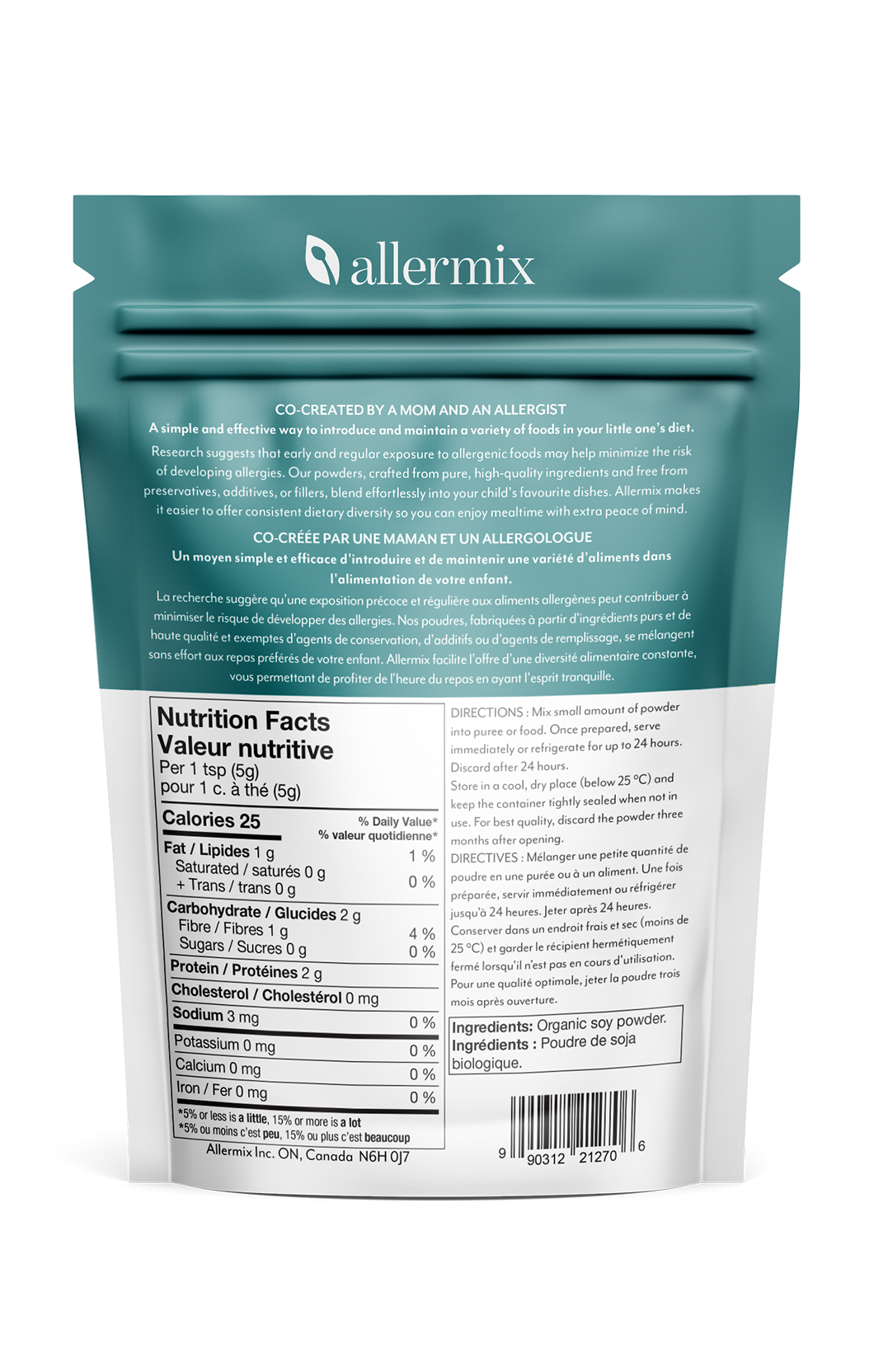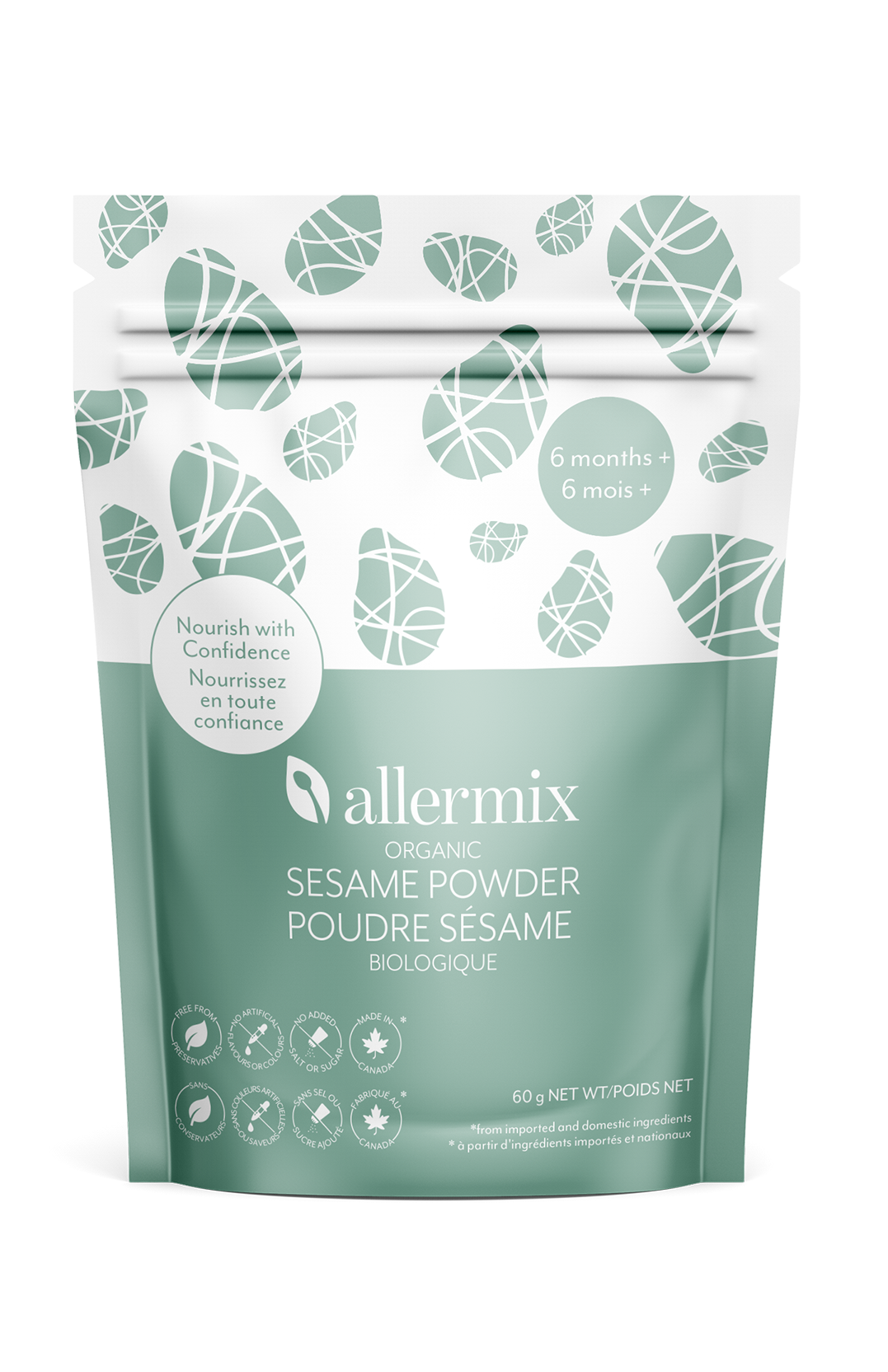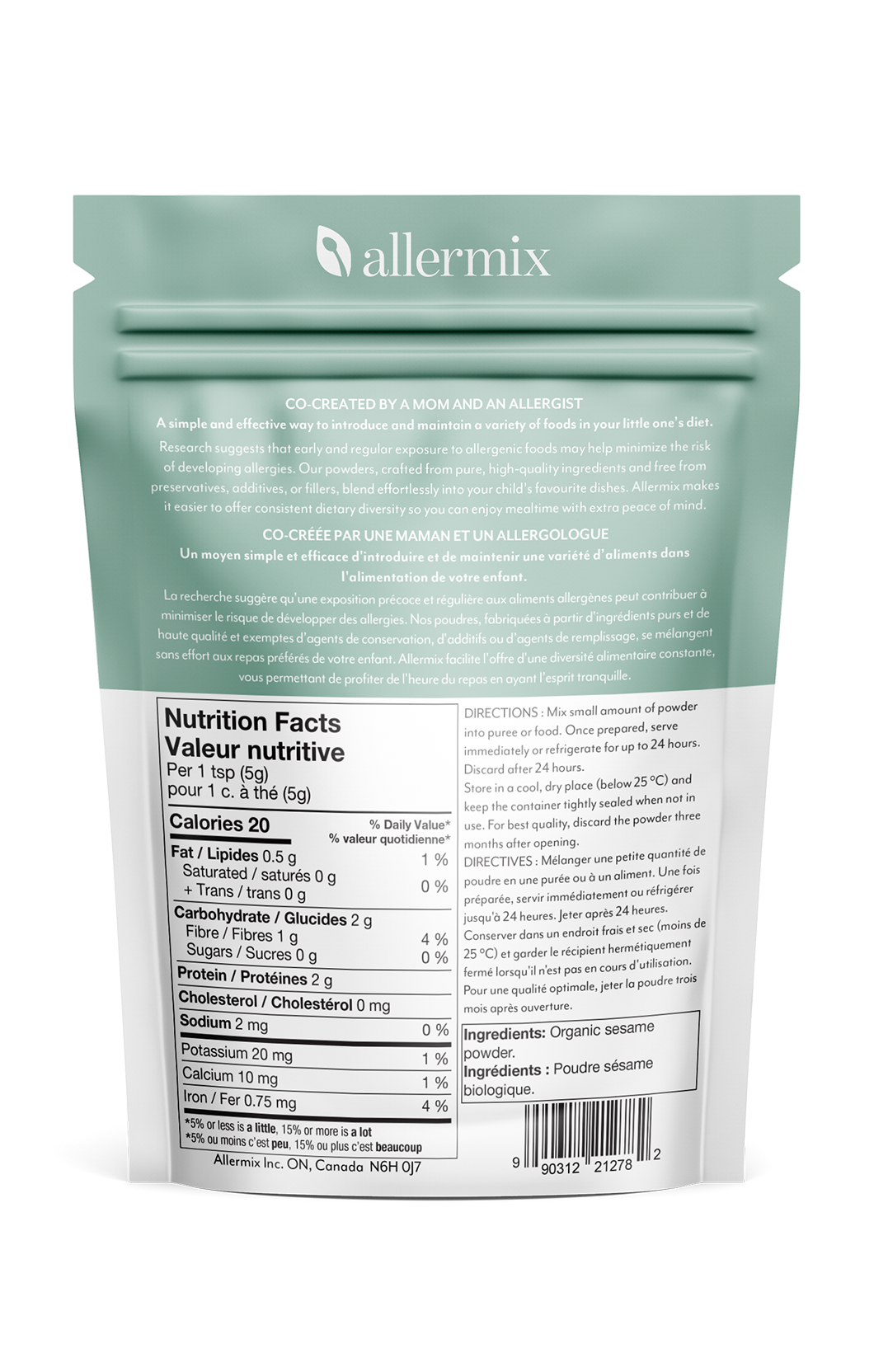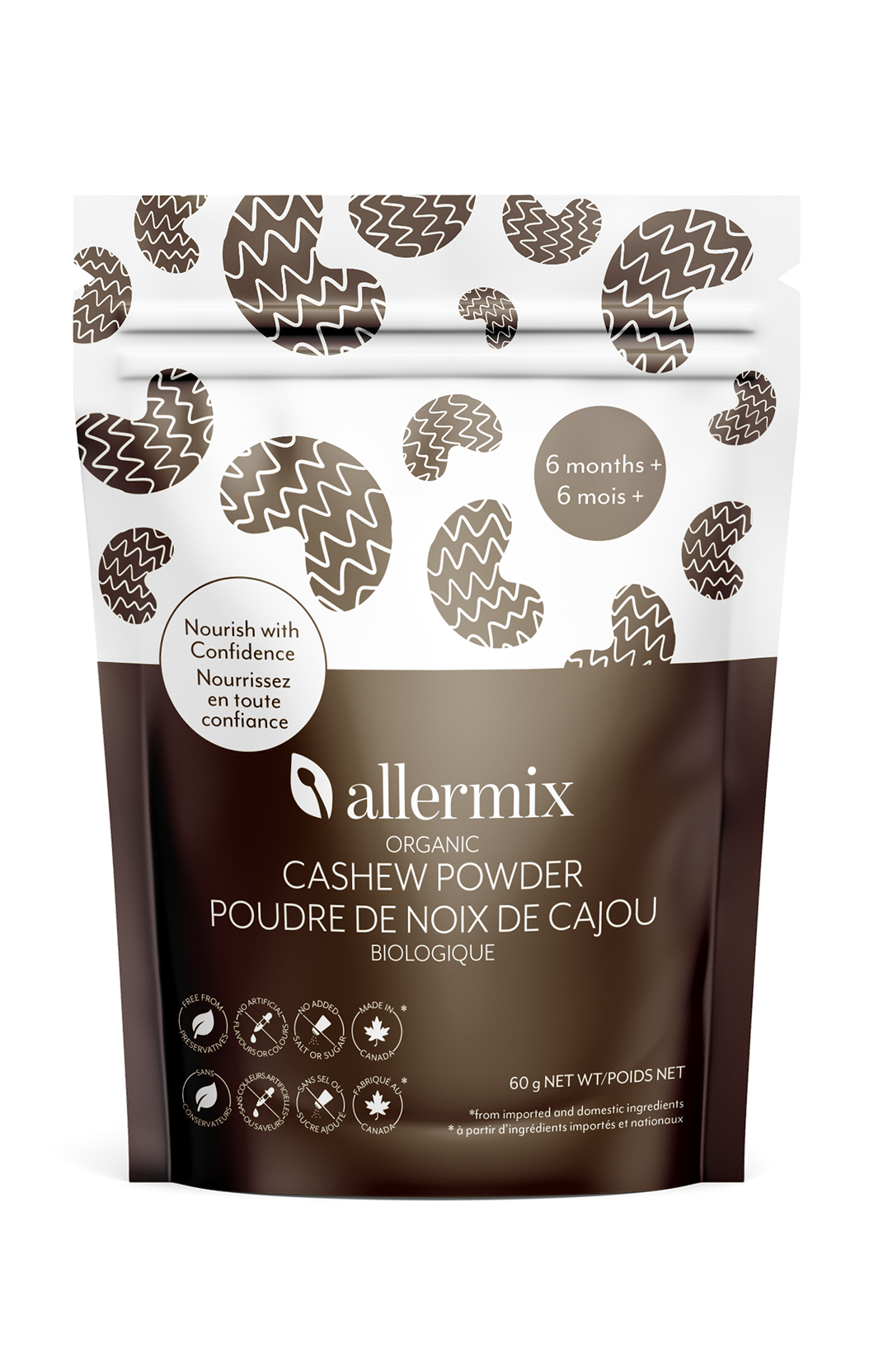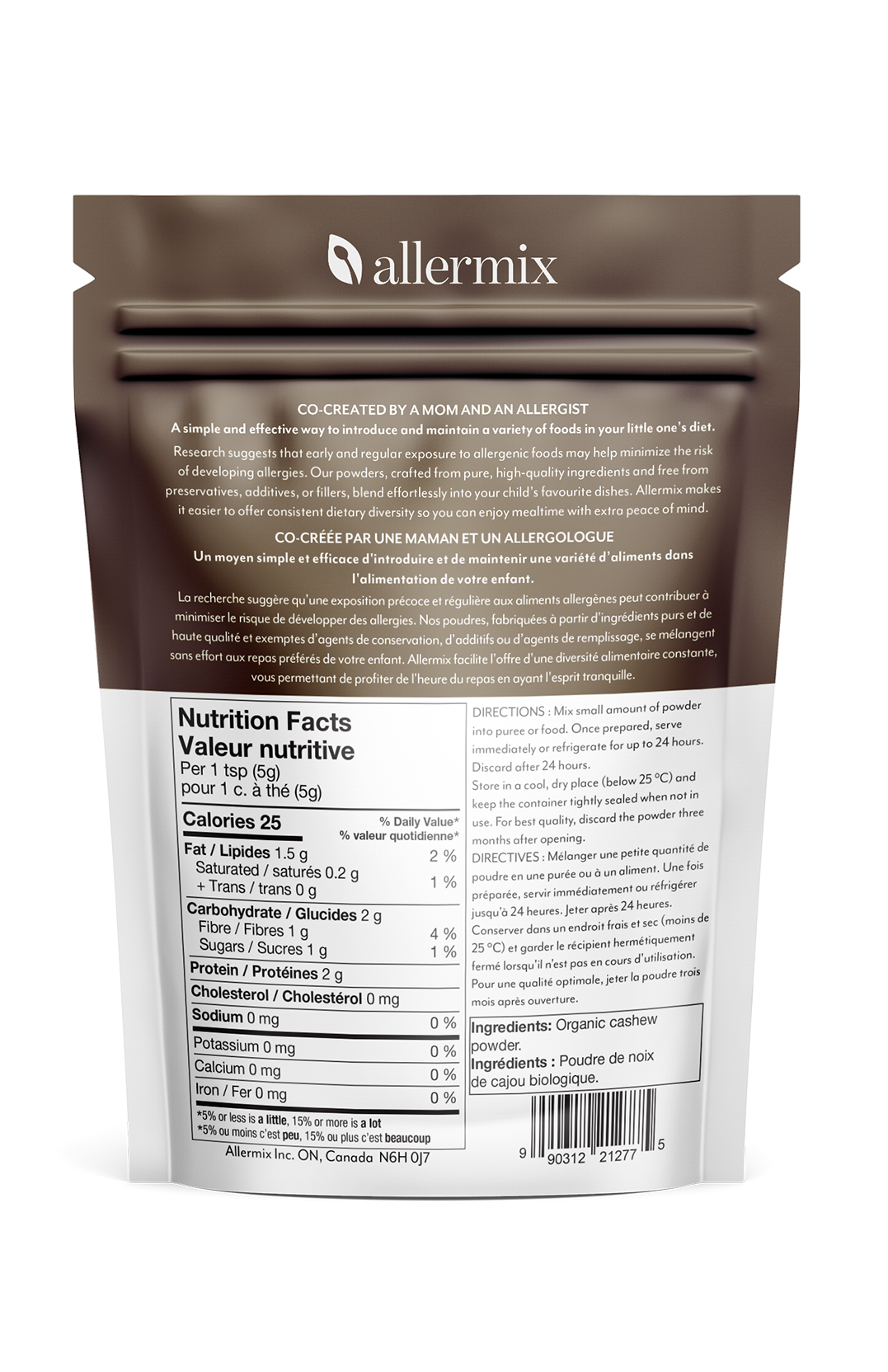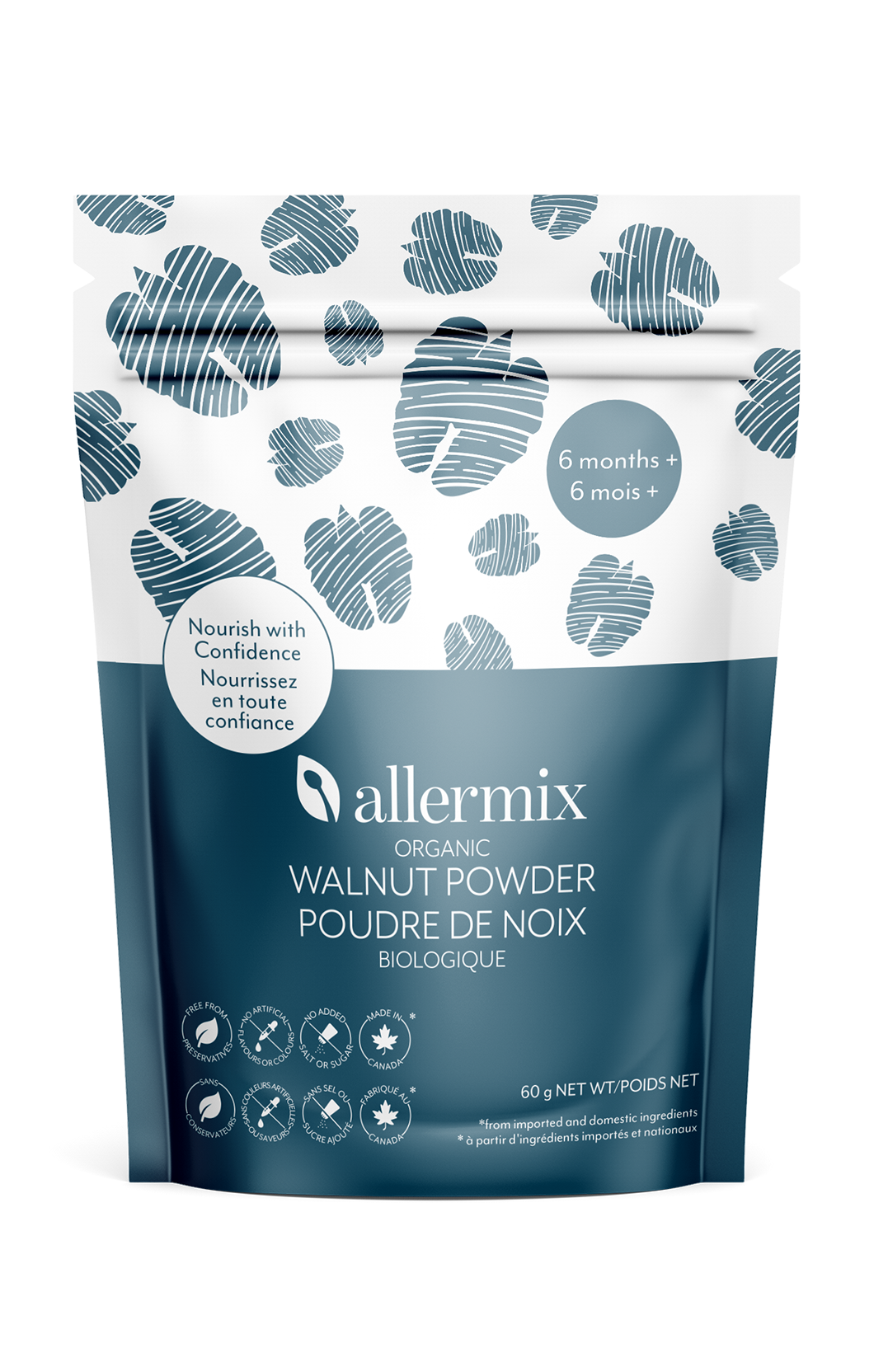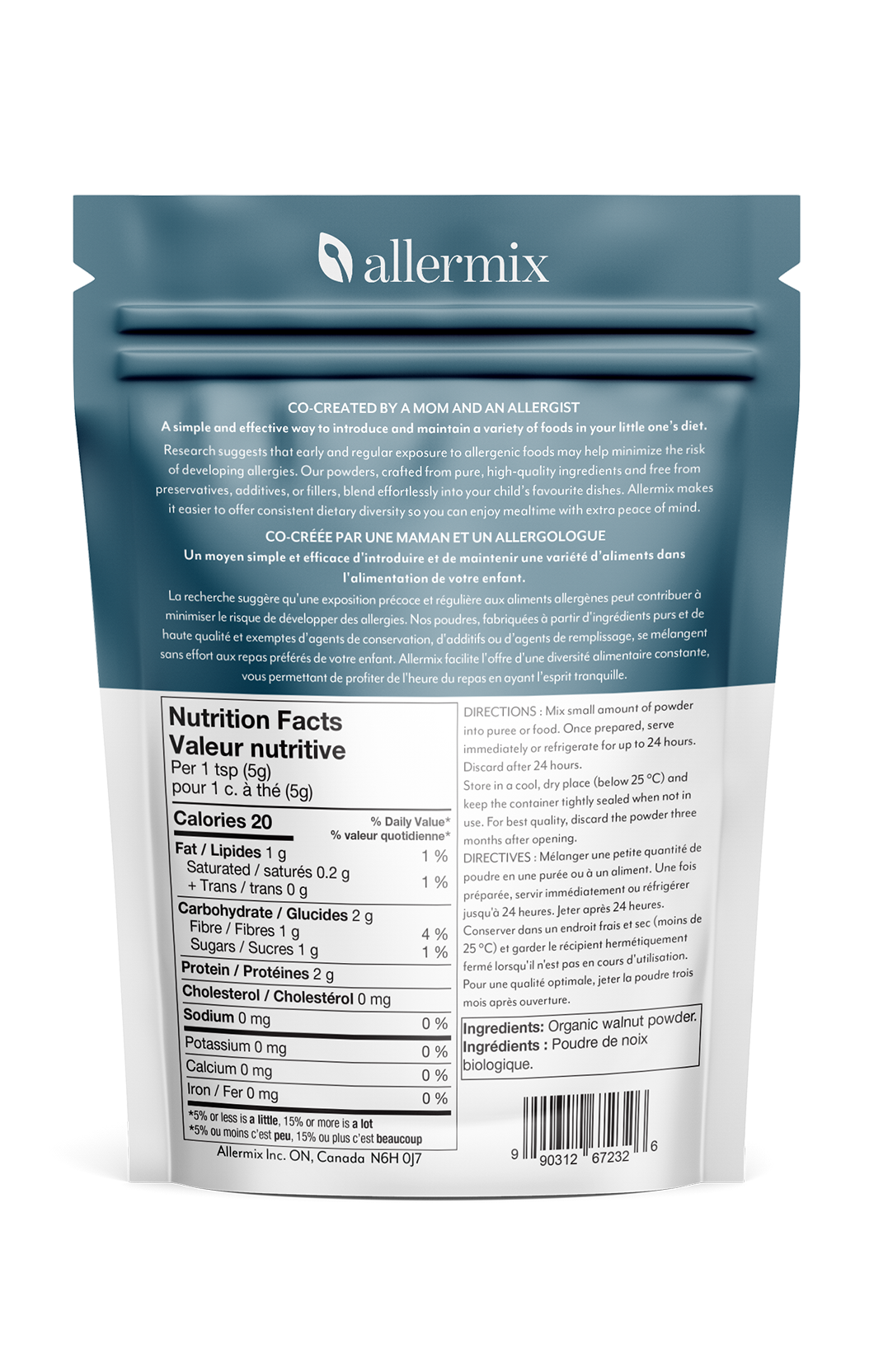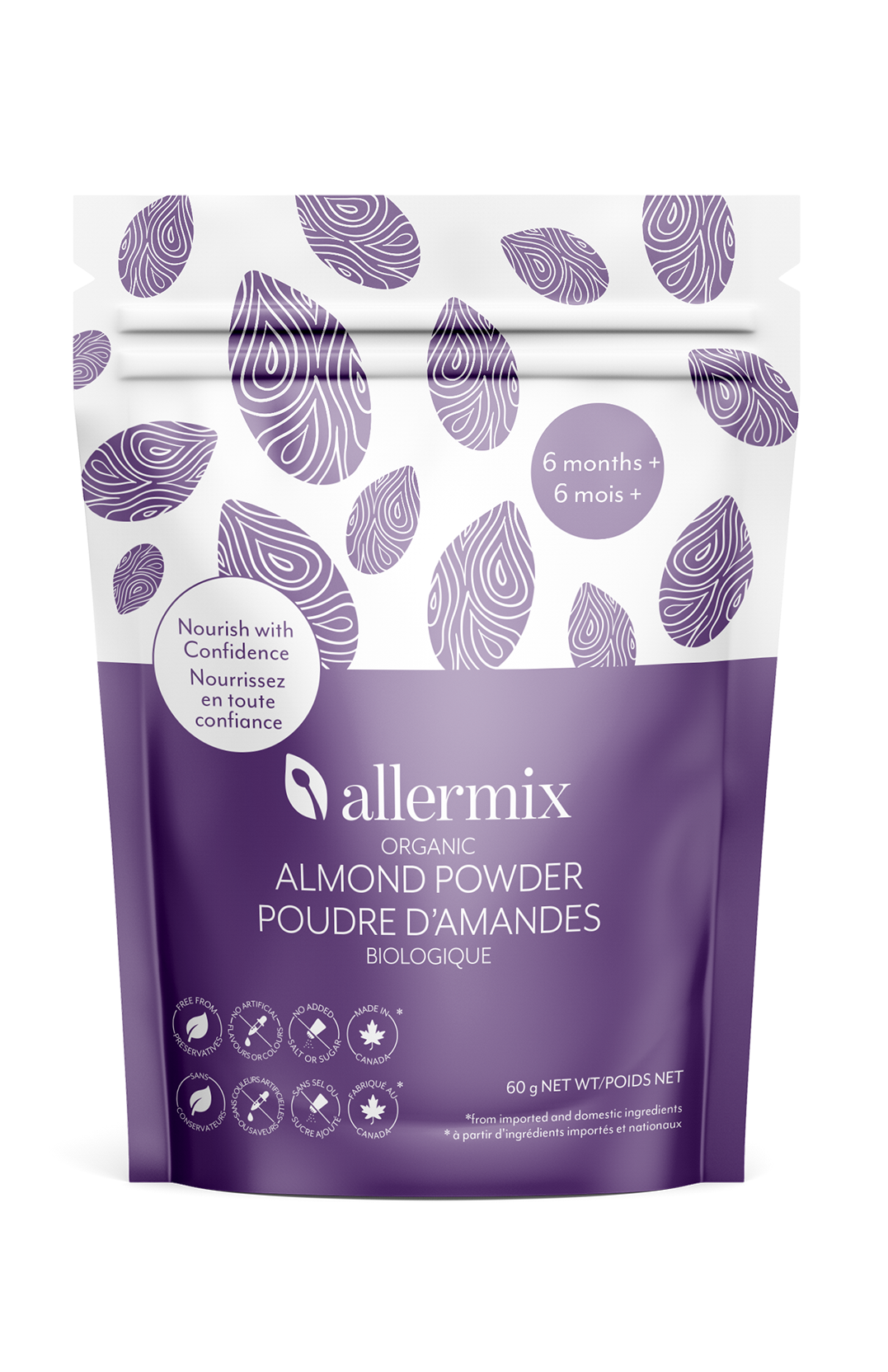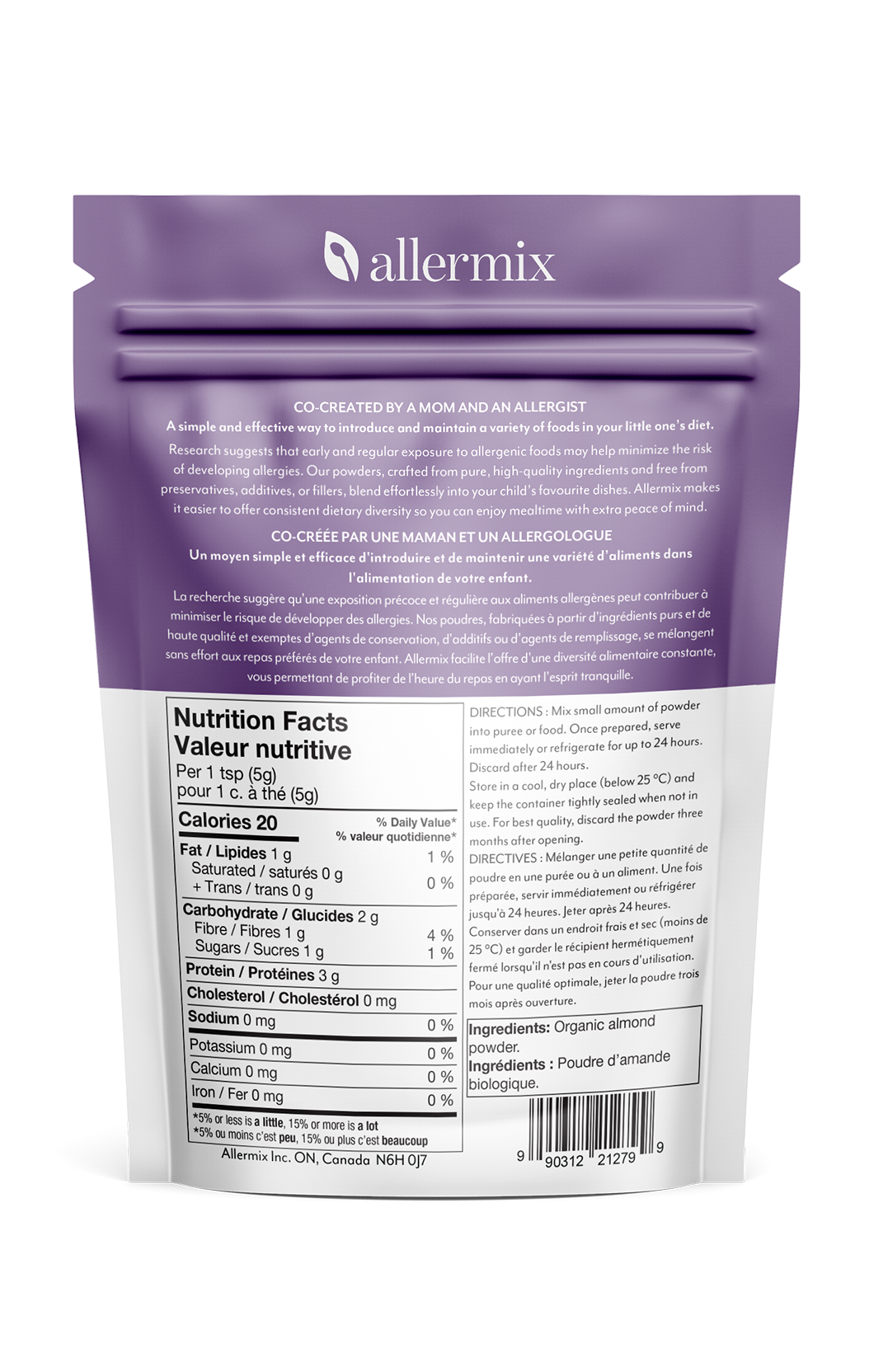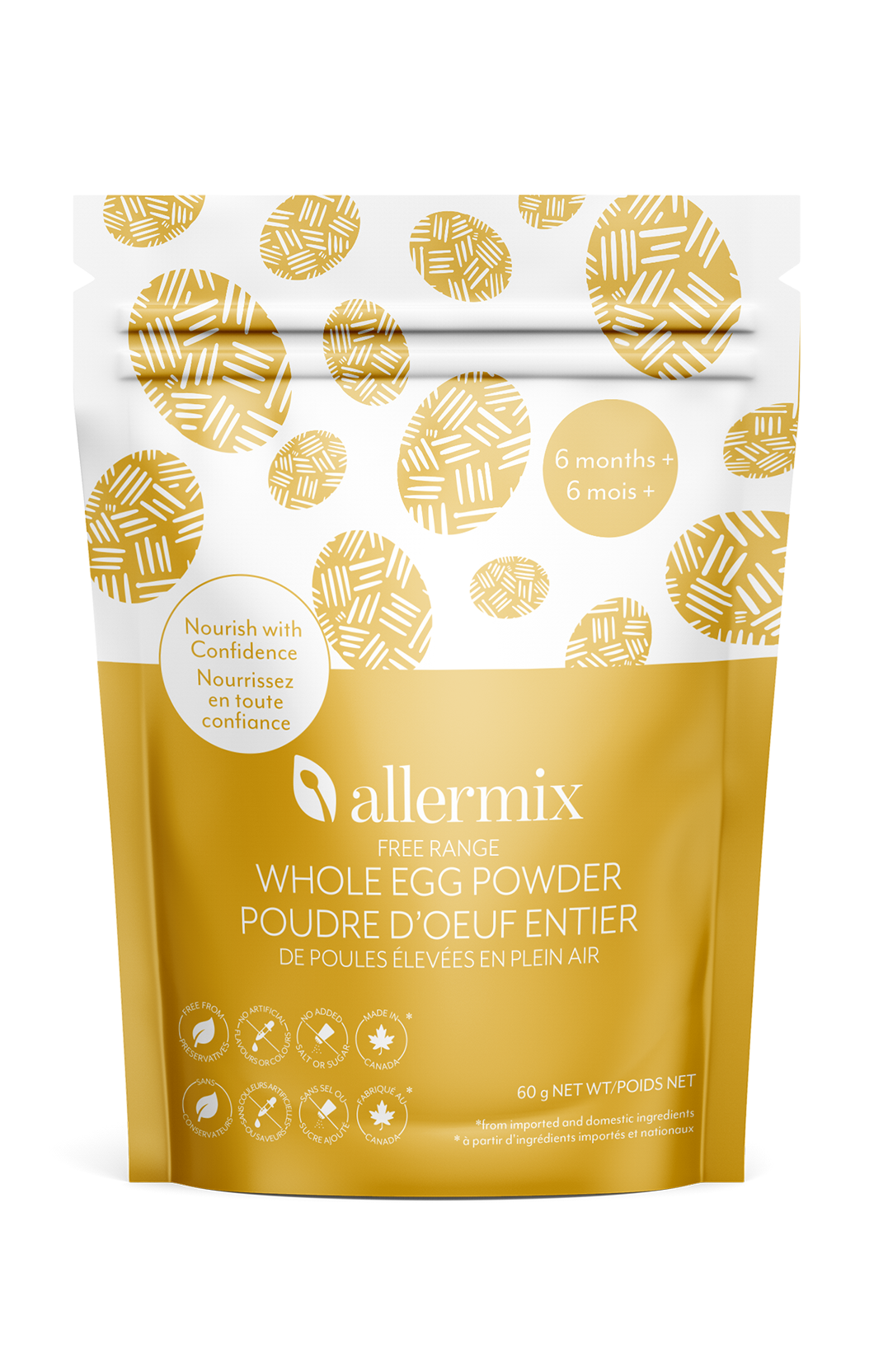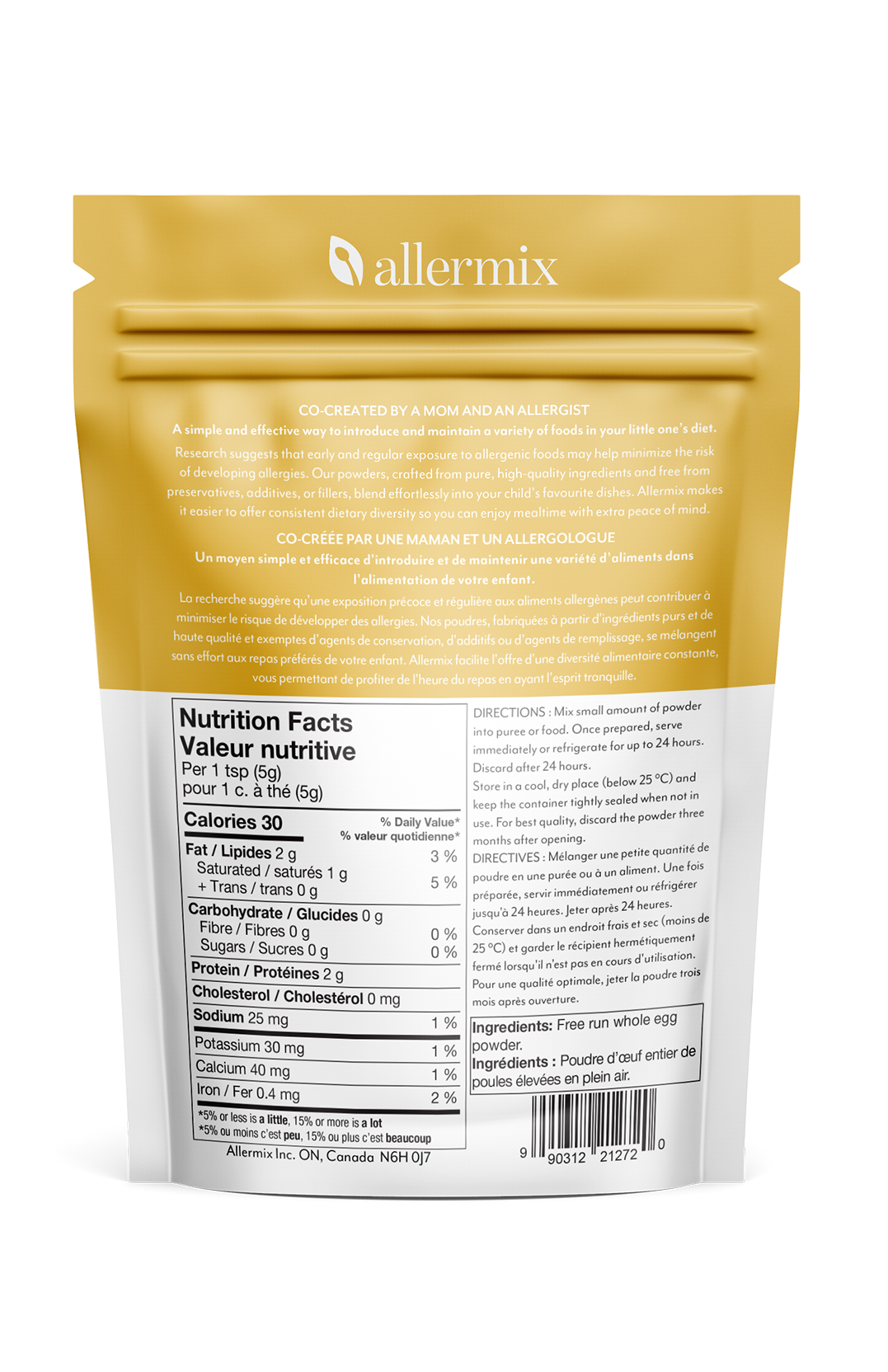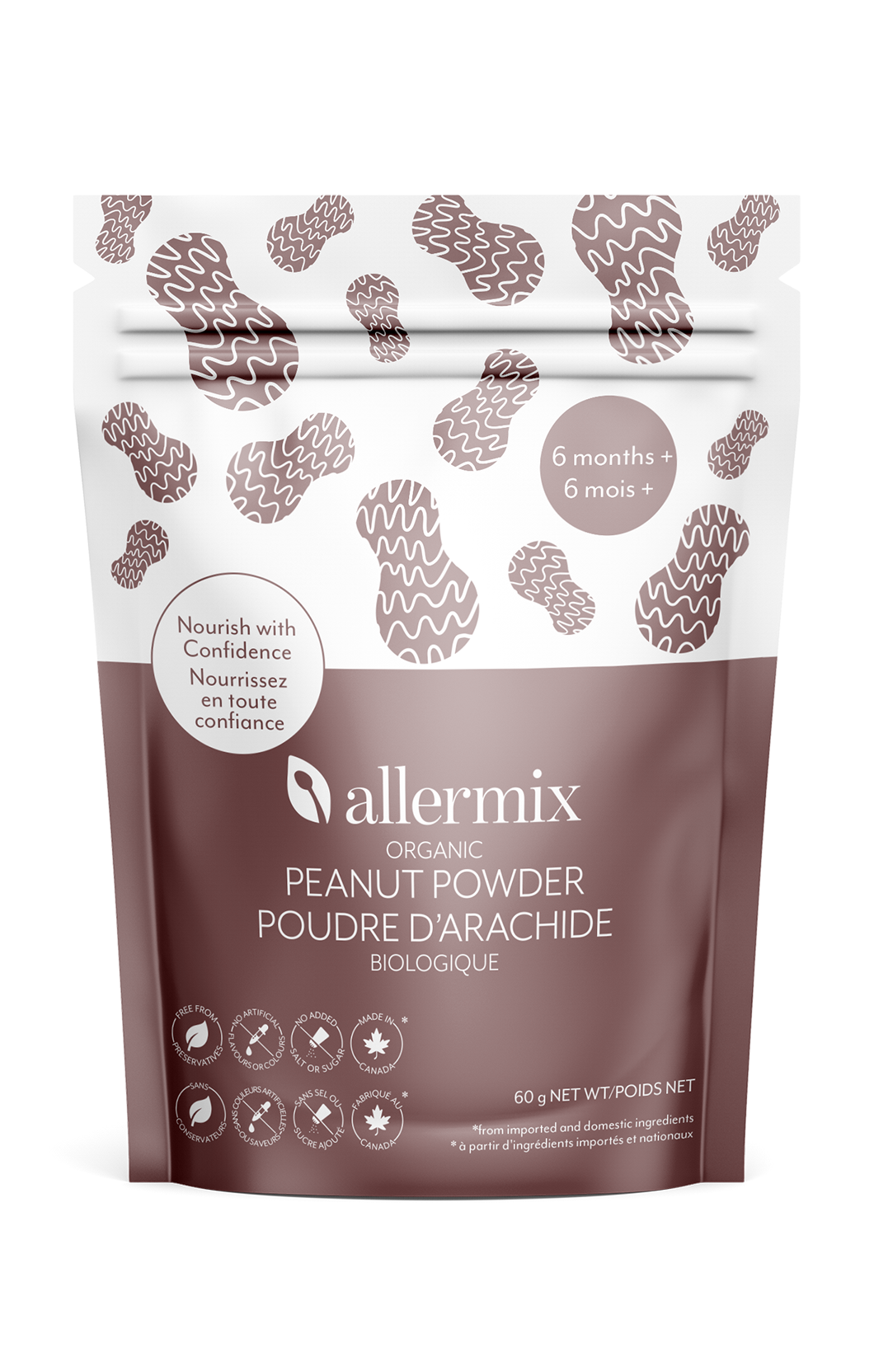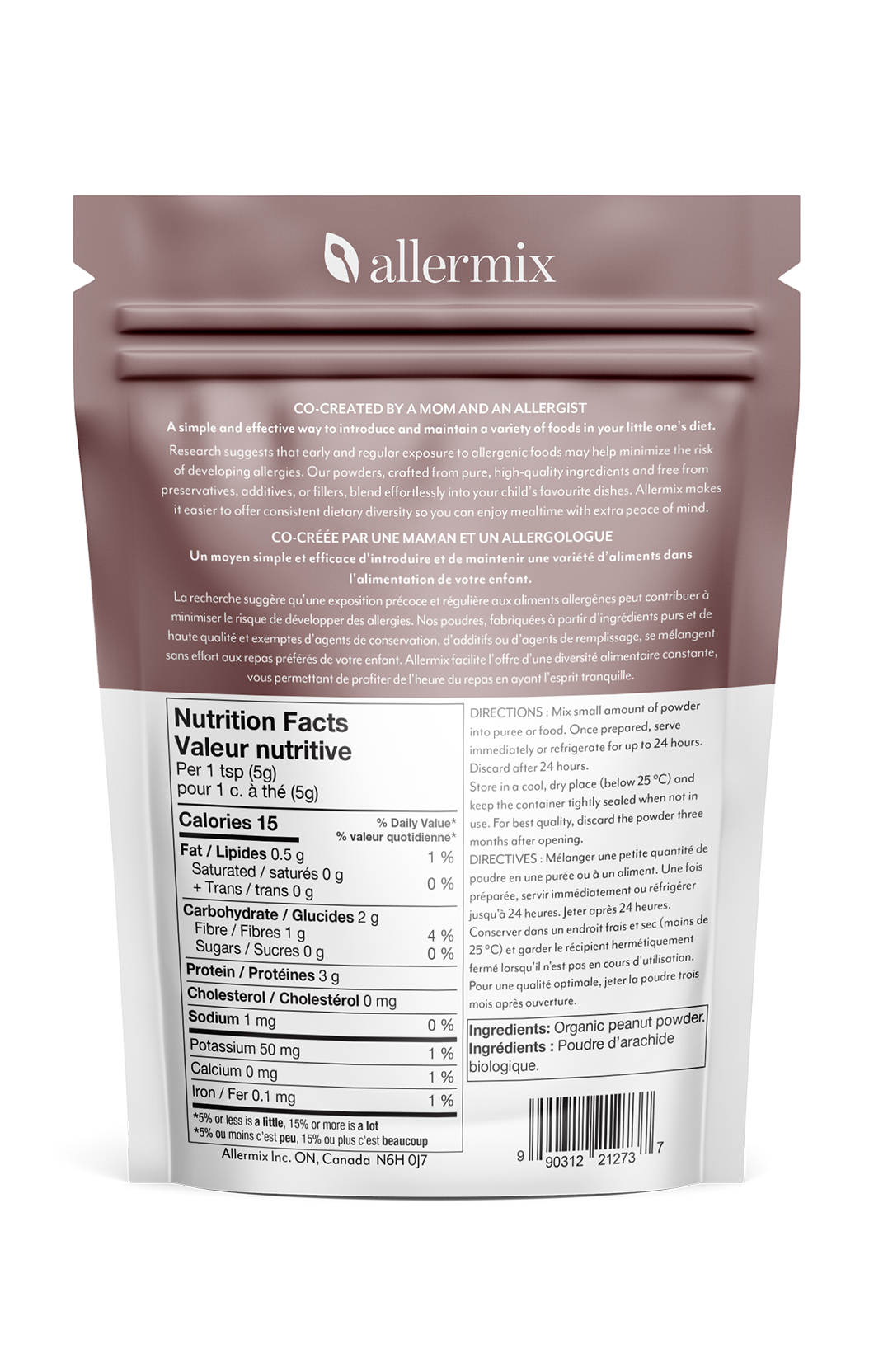
How to Introduce Sesame to Babies: A Step-by-Step Guide for Parents

How to Introduce Sesame to Babies: A Step-by-Step Guide for Parents
Introducing sesame can feel intimidating especially for first-time parents.
This guide will walk you through when and how to introduce sesame to your baby safely and confidently with practical tips.
Disclaimer
This blog is intended for general informational purposes only and is not a substitute for professional medical advice. Always consult your primary care provider/health provider before introducing allergens to your baby, especially if your child has eczema, known allergies, or a family history of allergic conditions.
Table of Contents
- 1. Why Sesame Is Good for Babies: Nutrition + Health Benefits
- 2. When Should I Introduce Sesame to My Baby?
- 3. Why Early Sesame Introduction Matters
- 4. How to Safely Prepare Sesame for My Baby
- 5. How to Introduce Sesame to My Baby: A Step-by-Step Guide
- 6. Signs of a Sesame Allergy
- 7. What to Do If a Reaction Occurs
- 8. Frequently Asked Questions (FAQs)
- 9. Final Tips for Parents
- 10. Make Sesame Introduction Easier with Allermix
1. Why Sesame Is Good for Babies: Nutrition + Health Benefits
Sesame seeds are nutrient-rich and offer several health benefits for infants:
- Healthy fats – Support brain development and energy
- Plant-based protein – Aids in growth and immune health
- Calcium, iron, and fiber – Contribute to bone health and digestion
Bottom line: Sesame can be a safe and nutritious addition to your baby’s diet when introduced properly.
Learn how to introduce peanuts safely here. .
2. When Should I Introduce Sesame to My Baby?
Canadian and international pediatric and allergy guidelines recommend introducing sesame-containing foods around 6 months of age. Earlier introduction (not before 4 months) may be considered for high-risk babies and should be discussed with your primary care provider.
Avoid delaying sesame introduction beyond 12 months unless advised by your healthcare provider.
3. Why Early Sesame Introduction Matters
Although sesame has only recently been recognized as a top allergen in Canada, emerging research suggests that early exposure to sesame may help reduce the risk of developing a sesame allergy similar to other allergenic foods.
Bottom line: Introducing sesame early and consistently is part of a broader approach to food allergy prevention in infants.
4. How to Safely Prepare Sesame for My Baby
Whole sesame seeds are not safe for babies as they pose a choking hazard and may not be digested well.
Safer ways to introduce sesame include:
- Sesame powder – Mix with baby cereal, yogurt, or puree
- Thinned tahini or hummus – Mix with water or formula to reach a runny texture
- Baked goods – Use sesame flour in muffins or pancakes
Never serve whole sesame seeds or thick spoonfuls of tahini directly to infants.
5. How to Introduce Sesame to My Baby: A Step-by-Step Guide
Step 1: Choose the right time – mornings are ideal when your baby is healthy and alert.
Step 2: Start with ¼–½ teaspoon of a sesame-containing food from the safe list.
Step 3: Observe for a reaction – watch closely for at least 2 hours.
Step 4: Offer a full portion – if no reaction, increase to 1–2 teaspoons next time.
Step 5: Maintain regular exposure – feed sesame 2–3 times per week to support tolerance.
Allermix sesame kits make this easy and convenient.
6. Signs of a Sesame Allergy
Sesame allergy symptoms typically appear within minutes to 2 hours of ingestion.
- Redness or rash around the mouth
- Hives or facial swelling at contact points
- Runny nose and sneezing
Severe symptoms:
- Swelling of lips, face, or tongue
- Drooling and trouble swallowing
- Coughing/wheezing and difficulty breathing
- Repeated vomiting or change in behaviour
- Pale or bluish skin
If severe, call emergency services and use an epinephrine auto-injector if prescribed.
7. What to Do If a Reaction Occurs
- Stop feeding immediately
- For mild symptoms, contact your healthcare provider
- For severe symptoms, call 911 or seek emergency care
8. Frequently Asked Questions (FAQs)
Is tahini safe for babies?
Yes, if thinned to a smooth, runny texture. Never serve it thick.
How often should I give sesame?
Aim for 2–3 times per week.
Can I mix sesame with other new foods?
First introductions should be with familiar foods to isolate reactions.
Are ground seeds okay?
Fully powdered sesame is safer than crushed seeds for choking prevention.
9. Final Tips for Parents
- Begin around 6 months, unless advised otherwise
- Use safe, age-appropriate forms (never whole seeds or thick pastes)
- Watch for allergic symptoms within the first 2 hours
- Introduce consistently after a successful first try
- Consult your healthcare provider if your baby is high-risk
10. Make Sesame Introduction Easier with Allermix
Allermix offers guided introduction & maintenance kits that mix easily into baby-safe foods. Explore our allergen introduction kits and take the first step with confidence.






